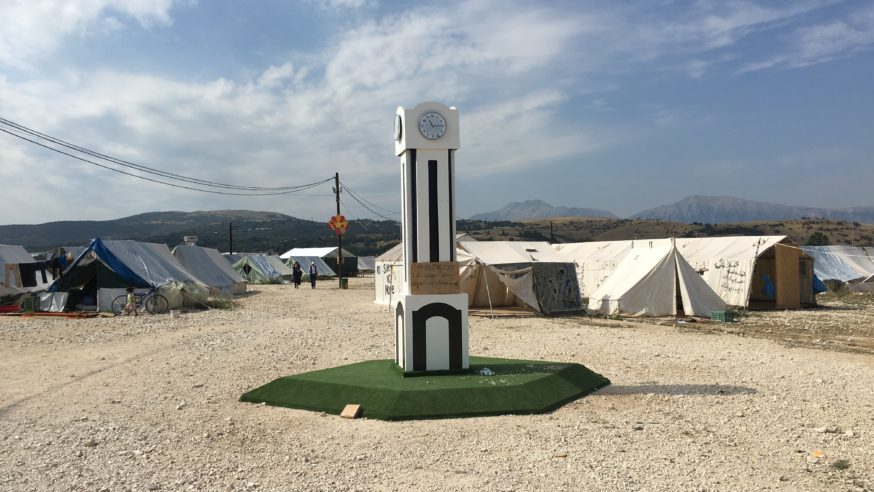
Five years in, with almost 5 million refugees outside Syria, 6.5 million internally displaced, and 450,000 deaths, the Syrian war is a humanitarian disaster of extraordinary proportions. In this current grim reality, why think about mental health services? Is it advisable to treat the severely ill first (the clinical approach), or to prioritize the strengthening of community ties (the population health approach)? In this essay a model based on opposition-linked self-organizing councils will be discussed as potential primary partner in fortifying mental health resiliency in the affected communities.
